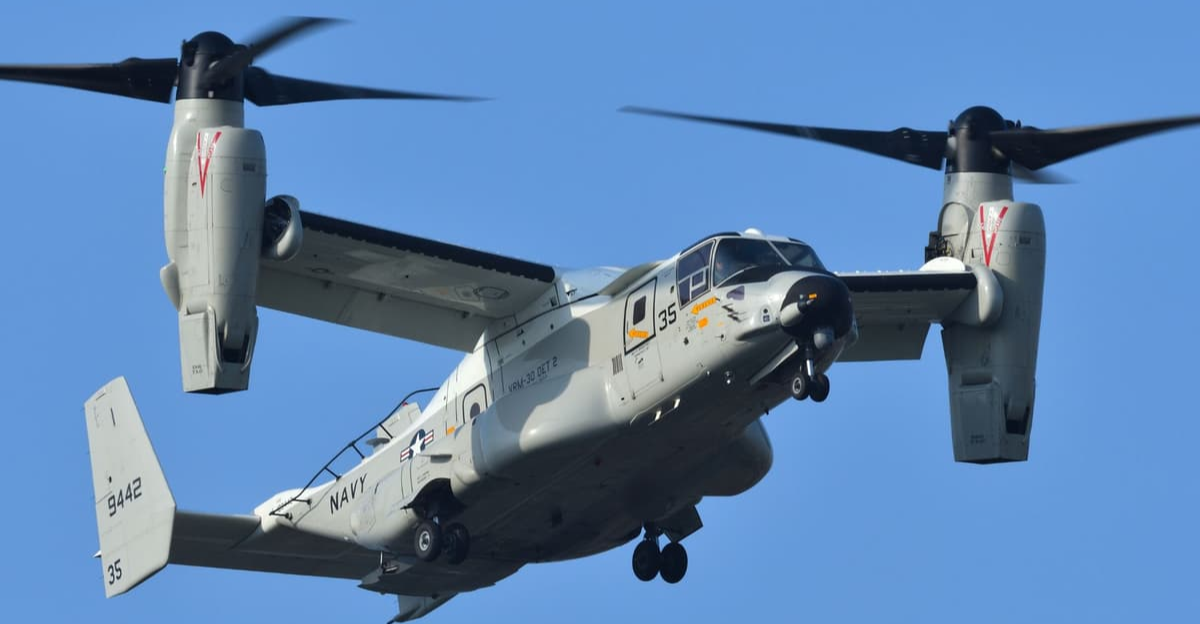
China has announced a fascinating new prototype that merges the abilities of a helicopter and an airplane into one machine.
Constructed by the state-owned Aviation Industry Corporation of China (AVIC), the aircraft takes off vertically like a helicopter, then flies forward flight at airplane-like speeds.
Its design looks like advanced Western tiltrotors, sparking questions about where this program could go, both on a technological and strategic level.
A New Prototype in Flight

AVIC has now officially flown the first prototype of its tiltrotor undertaking. This denotes the beginning of a program that could change China’s rotorcraft industry.
Early photographs reveal a design that strongly resembles tiltrotors developed in America, hinting at ambitions that go far beyond traditional helicopters.
Why Tiltrotors Matter

Tiltrotors integrate vertical takeoff and landing with long-range, high-speed flight. They are able to hover and work from confined spaces such as helicopters but can also travel much faster, covering more distance without the need for long runways. This means they are valuable for both military and civilian missions.
First Public Appearance
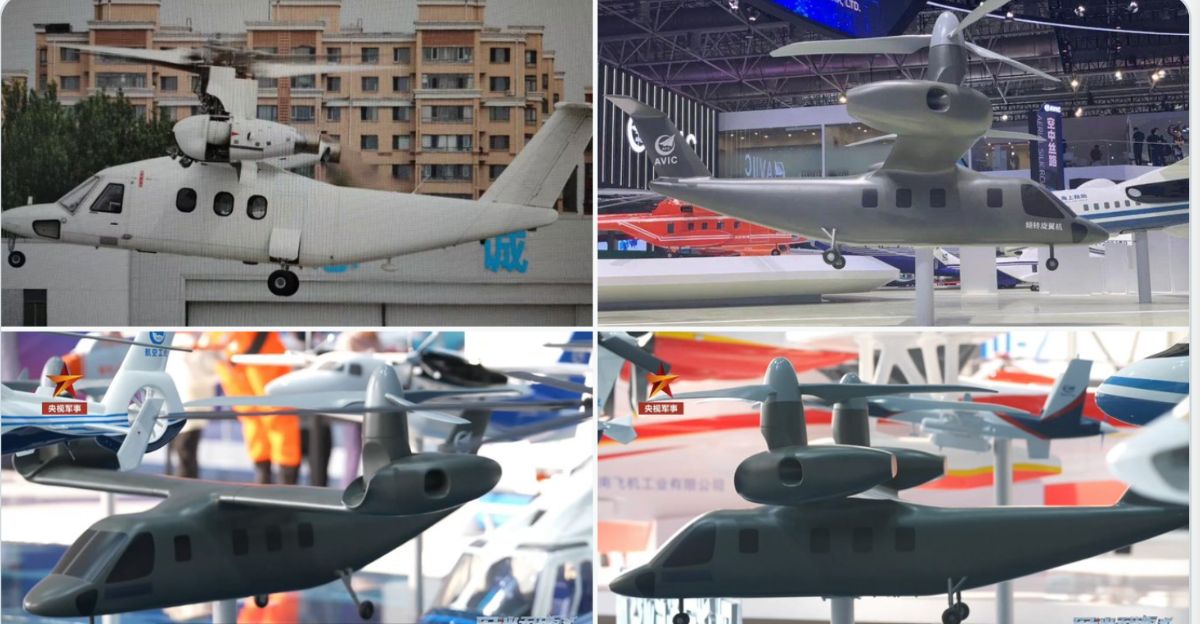
The aircraft model was first displayed at the 2022 Zhuhai Airshow. At that time, analysts assumed it could be aimed at civilian markets.
With the recent flight test, however, its structure suggests a strong military emphasis, particularly for China’s growing strategic needs.
Key Design Features
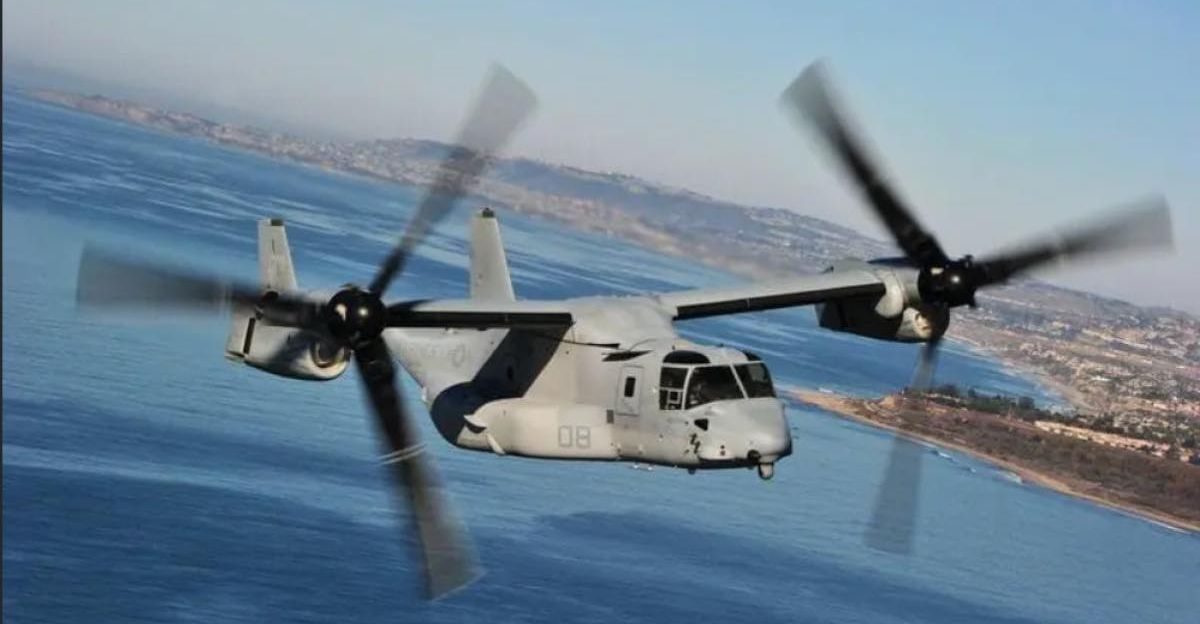
The prototype employs a straight wing, tilting rotors, and engines mounted in fixed nacelles. A driveshaft system permits one engine to supply both rotors in case of failure. These design choices highlight stability, safety, and procedural efficiency.
Comparison With Western Designs
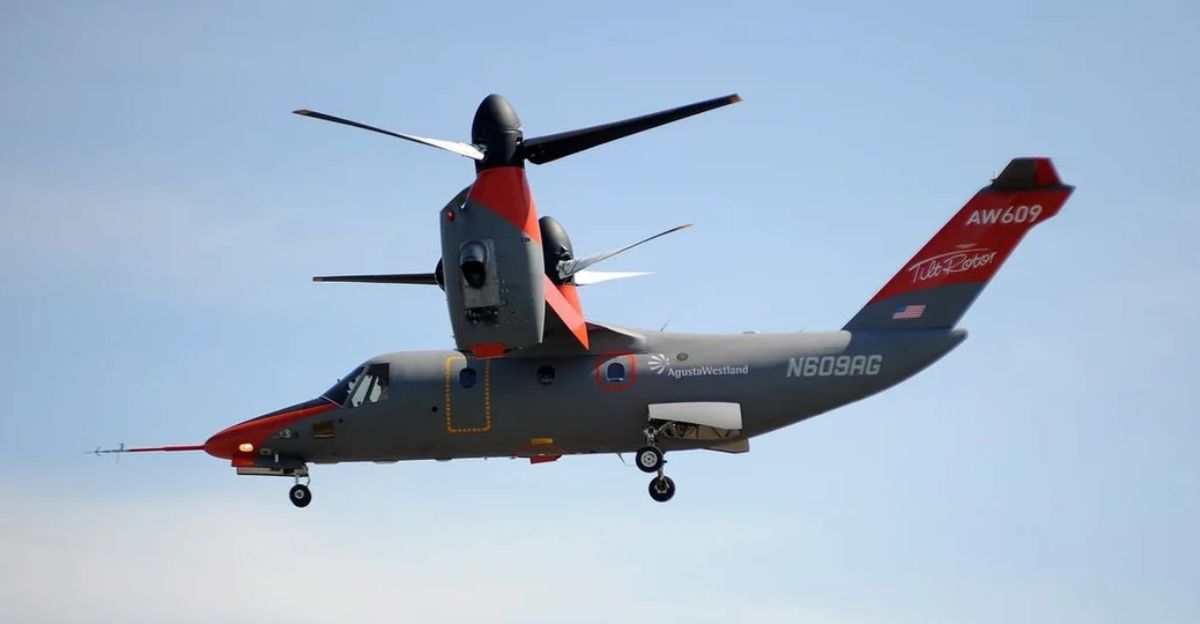
Unlike the older U.S. V-22 Osprey, where the entire nacelle rotates, China’s design mimics the newer American V-280 Valor approach.
Only the front of the nacelle can pivot, which reduces complexity and improves reliability. This is a result of decades of Western tiltrotor testing and development.
Size and Class
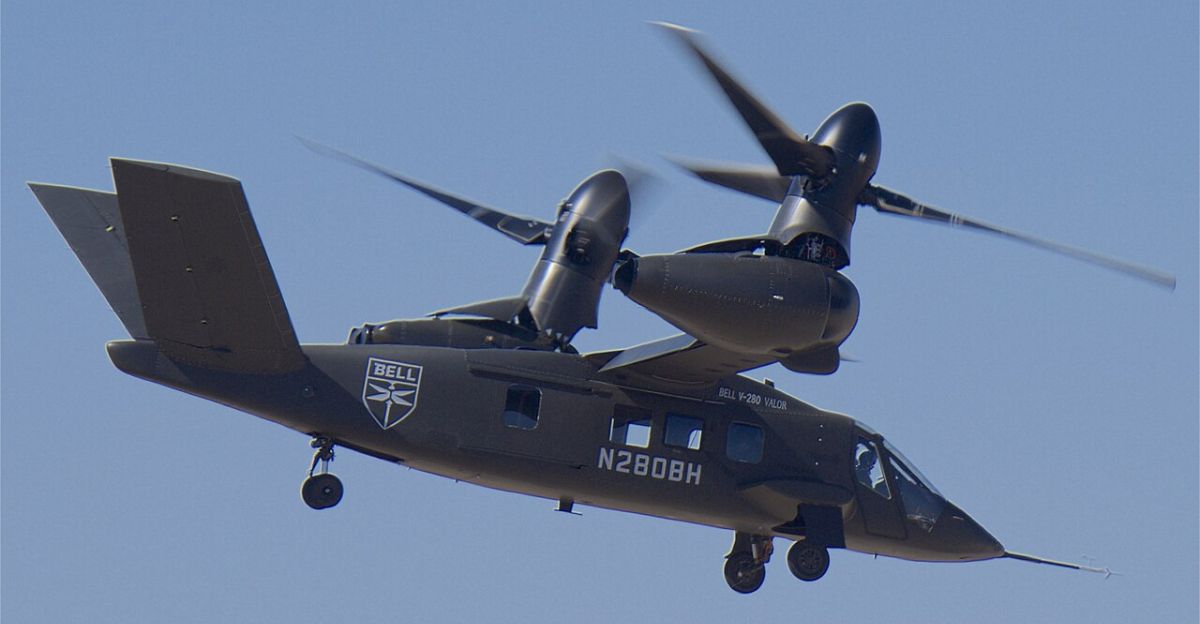
The prototype is similar in size to the Leonardo AW609 tiltrotor, a design smaller than the U.S. military’s V-22 Osprey. With a capacity of around 12 passengers, it forms part of the small-to-medium class, perfect for missions needing speed and flexibility.
Cabin and Layout
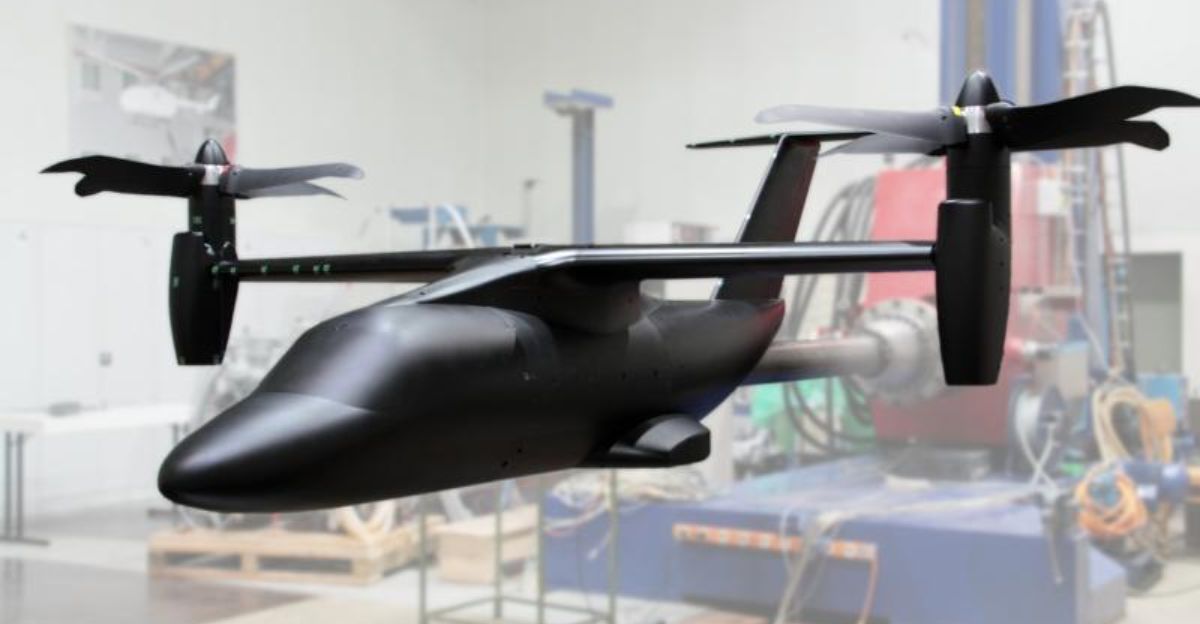
A pressurized cabin is suspended below the wing. It contains small side doors and a larger right-hand door, concentrating on troop transport or light cargo delivery. Retractable landing equipment and a T-tail add to its aerodynamic efficiency.
Control Surfaces
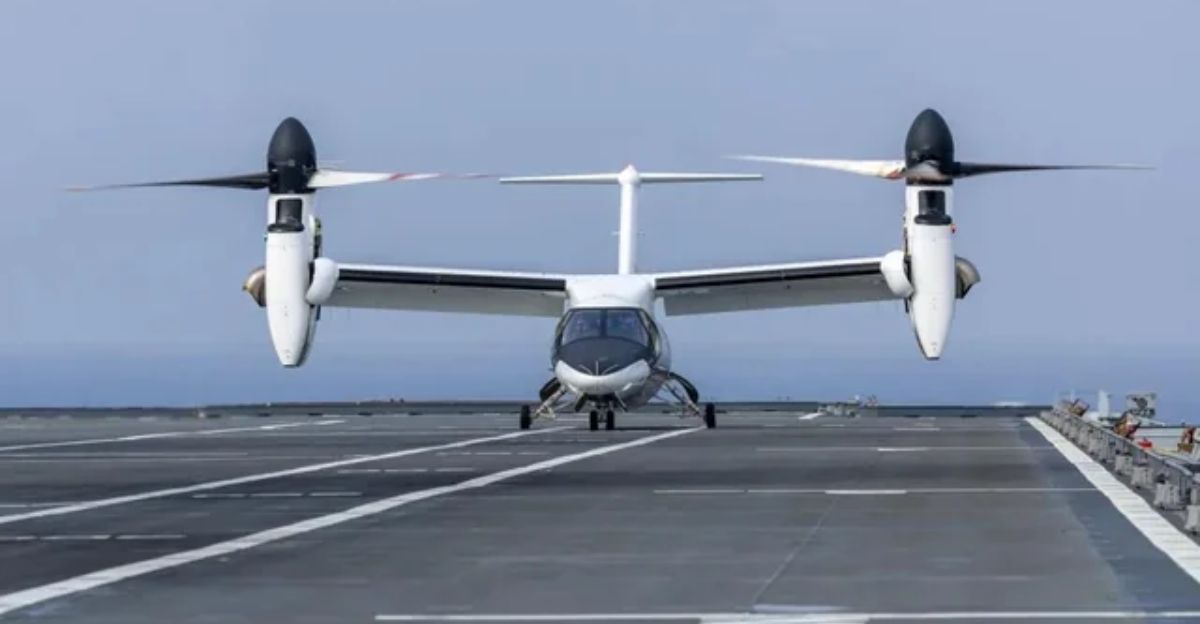
One notable feature is the inclusion of a rudder for yaw control. Some European tiltrotor designs depend entirely on their propellers for directional control; however, China’s engineers opted for a more traditional system, potentially enhancing stability in flight.
Safety and Redundancy

By integrating the driveshaft system, engineers confirm that if one engine fails, both rotors can still be powered. This redundancy enhances survivability, an essential consideration for military operations and civilian applications.
Strategic Applications

The aircraft could greatly expand China’s operational reach. Tiltrotors can transport troops, supplies, and equipment to locations that conventional helicopters can’t reach quickly, including small islands, isolated bases, or moving ships.
Maritime Relevance

A tiltrotor would provide new options for the People’s Liberation Army Navy. Operating from amphibious assault ships, such aircraft could ferry personnel and cargo over extended distances without relying on larger runways, supporting China’s maritime strategy.
South China Sea Implications

Analysts see clear relevance to the South China Sea. With its capability to operate from short or improvised airstrips, the tiltrotor could expand China’s presence on disputed islands, reinforcing its claims and improving logistics for forward outposts.
Timeline and Development

While no official specifications have been disclosed, the fact that a prototype is already flying reveals progress.
Analysts suggest the aircraft could reach operational capacity within the next decade if testing and production go according to plan.
Multiple Prototypes

Reports indicate that more than one prototype has been made. This offers a parallel development process, permitting engineers to refine the design through iterative testing instead of relying on a singular aircraft.
Industry Partners
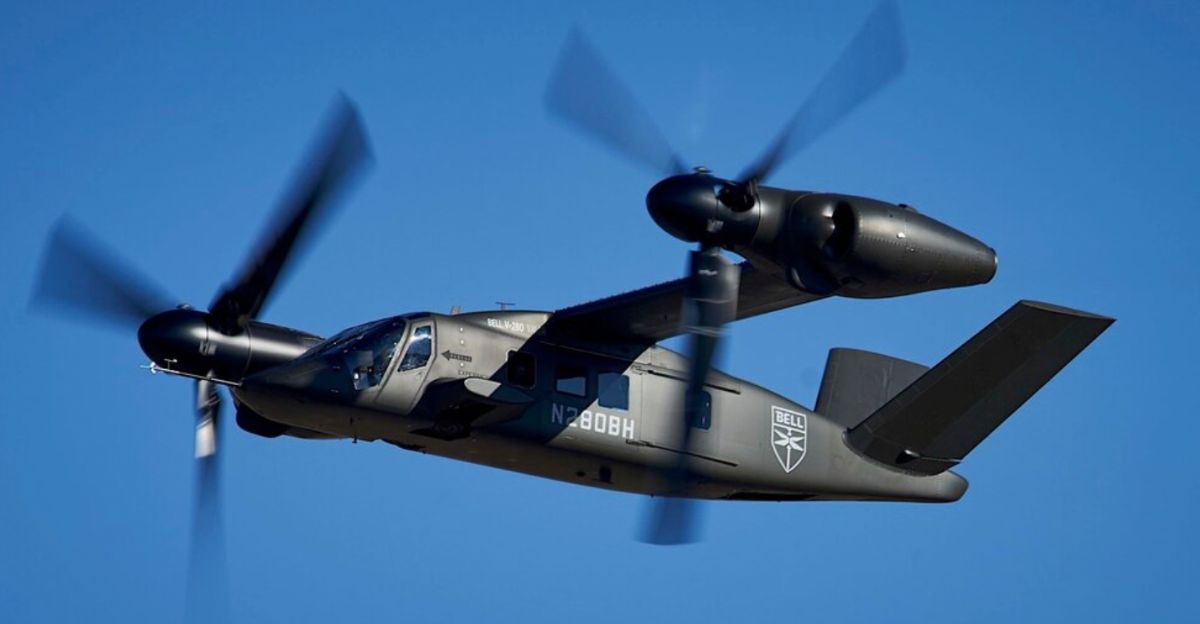
The project may include contributions from Hafei Aviation, a Harbin-based subsidiary of AVIC known for helicopters and small aircraft. Partnerships within China’s aerospace industry are common, pooling expertise from various sectors.
Global Context
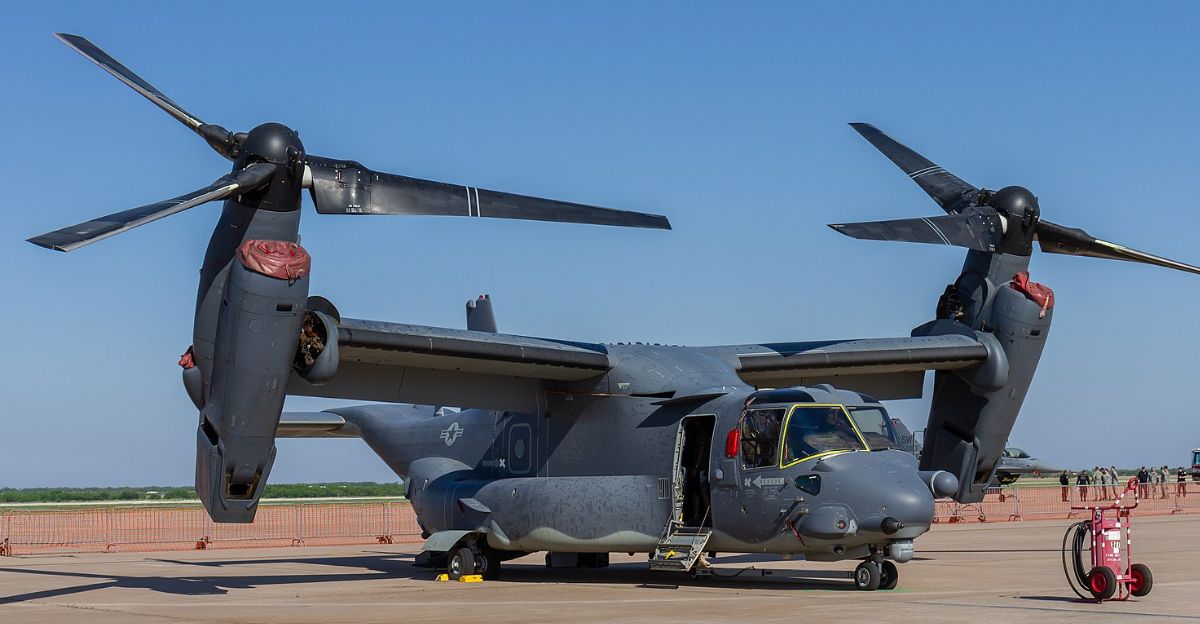
The United States has been the captain in tiltrotor development, the V-22 Osprey already being in service and the V-280 Valor selected for the U.S.
Army’s Future Long-Range Assault Aircraft program. China’s entry highlights an expanding global competition in future rotorcraft.
Civilian Potential
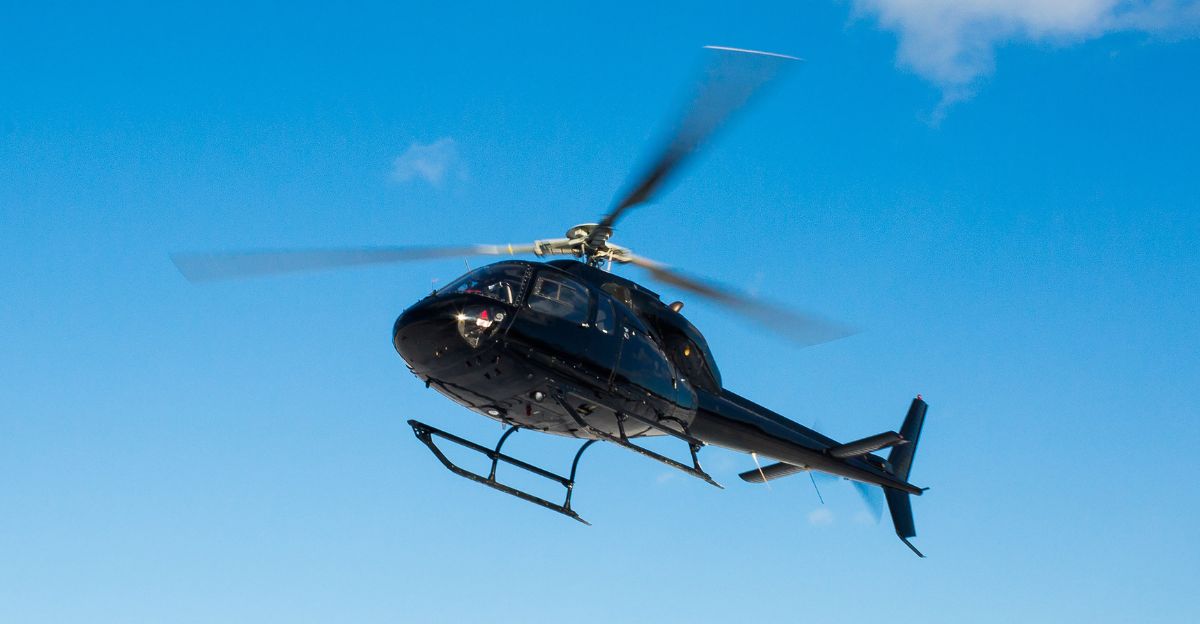
Even though the current design seems mainly military-focused, tiltrotors also have civilian benefits. In the future, they could compete with small planes and helicopters in rapid regional transportation, offshore energy aid, and emergency response.
The Unanswered Questions
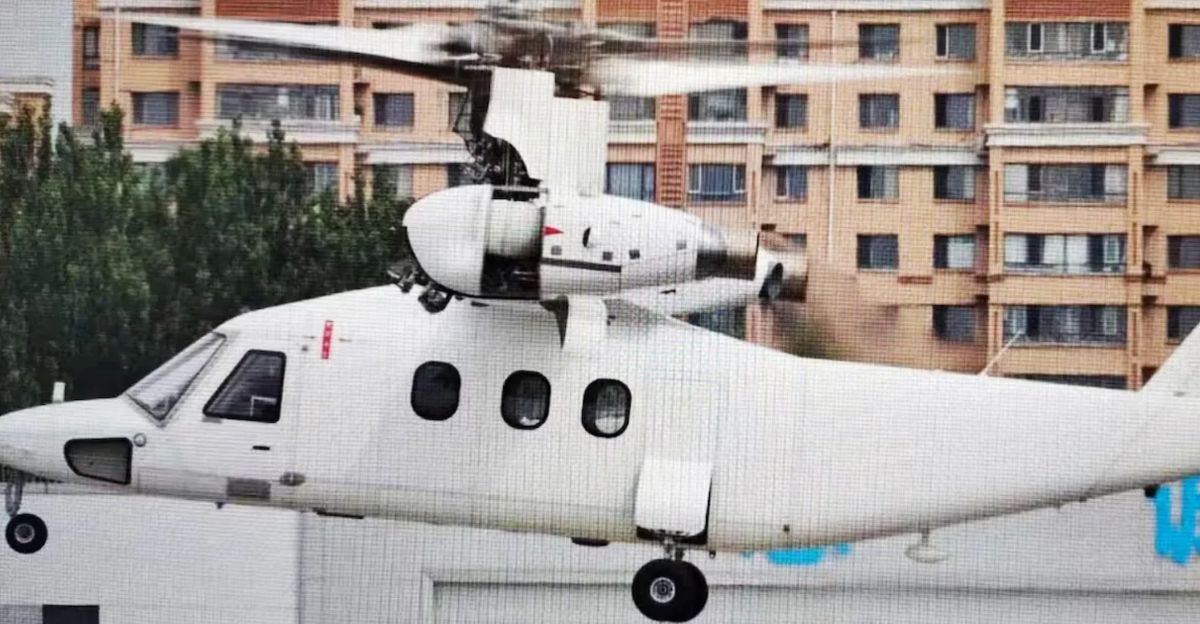
Specific details still remain unknown. China has not revealed the aircraft’s speed, payload, range or endurance.
Analysts can only presume when it comes to its true capabilities without these figures, but the flight trials confirm serious commitment and investment.
Looking Ahead
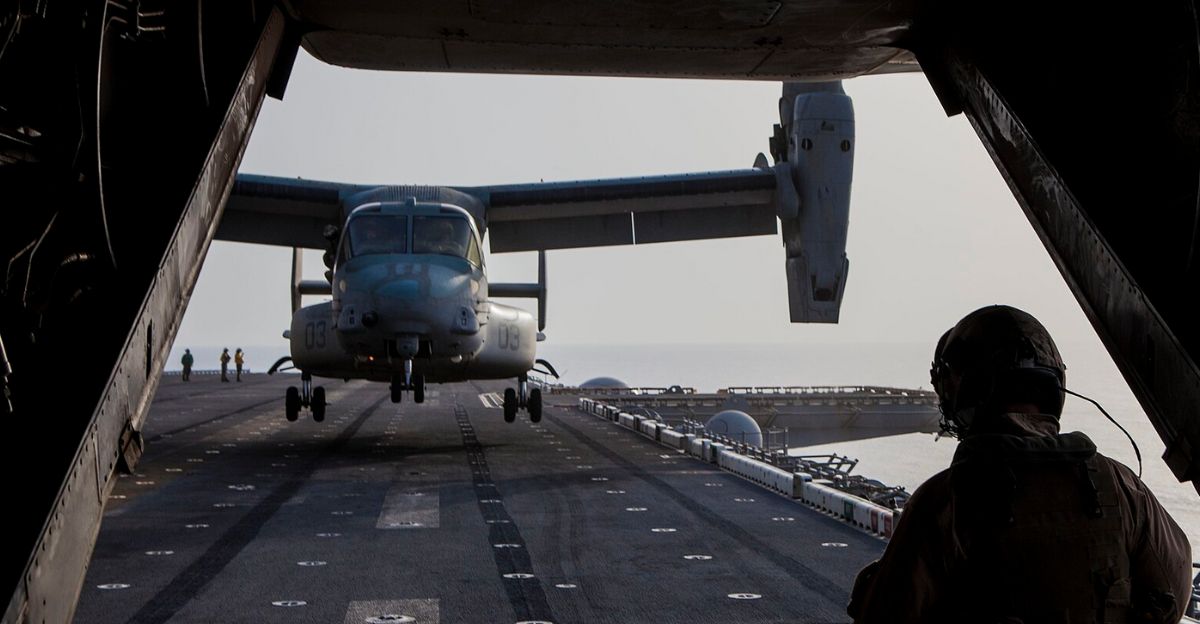
China’s tiltrotor agenda represents more than just a new aircraft. It symbolizes an evolution in priorities, going beyond conventional helicopters and moving toward platforms with more speed and reach.
Whether for military operations, strategic presence, or future civilian use, the prototype’s advancement marks an essential milestone in Beijing’s aerospace initiatives.